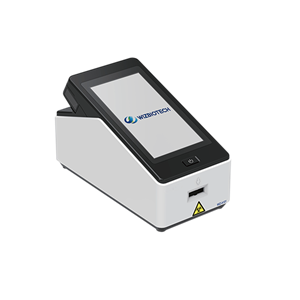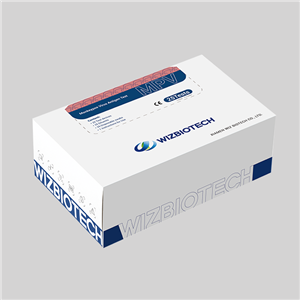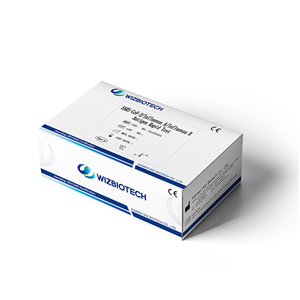Three check items for anemia diagnosis, part 2: folic acid (FA)
1. What is anemia?
Anemia refers to a common clinical symptom in which the volume of red blood cells in the peripheral blood of the human body is reduced and is lower than the limit of the normal range.
2. Who is prone to anemia?
kid
①Infants and young children: The incidence of anemia is relatively high in babies between 6 months and 2 years old.
②Children: Children under 12 years old need extra iron as they grow. Children who are picky eaters will increase the risk of anemia.
Female:
Women with irregular menstruation and heavy menstrual flow are prone to anemia if they have uterine fibroids or adenomyosis. Pregnant women and growing fetuses have increased the demand for iron. If they do not increase their iron intake, they are prone to anemia. Iron deficiency anemia.
Middle-aged and elderly people:
Chronic blood loss in the digestive tract can lead to anemia. Gastrointestinal tumors are relatively common in middle-aged and elderly people, such as gastric cancer and intestinal cancer, so they need to be vigilant.
3. What are the symptoms of anemia?
Weak resistance, often feel sick and dizzy; look pale; memory loss, poor learning ability; unable to keep up with physical strength; drowsy and unable to wake up;
4. Three tests for anemia:
Clinically, bone marrow morphological examination is often used for the differential diagnosis of anemia. However, this method is invasive and the test results are easily affected, so its application has certain limitations. In recent years, three serological indicators of anemia have been widely used in the diagnosis of anemia, they are serum ferritin (SF), folic acid (FA), and vitamin B12 (VB12) detection.
(1) Folic acid (FA)
Folic acid is a water-soluble vitamin, also called vitamin B11, and an anti-anemia factor. It is involved in the production and metabolism of many compounds and plays an important role in protein synthesis cell division and growth.
Clinical significance:
1. Diagnosis of megaloblastic anemia: also known as exercise anemia. Measuring folic acid (FA) concentration can reflect the recent demand for FA in the body. Low FA value can affect DNA synthesis and cause cell nucleus maturation and division disorders. The nuclei of immature red blood cells stay in the reticular structure and they remain unchanged in size, and the entire volume becomes larger. However, the cytoplasm is not affected, and hemoglobin can still be synthesized, so the cells become larger and the Megaloblastic anemia occurs.
2. Insufficient intake or increased demand: The daily FA requirement of the human body is about 50-200 μg. Since FA is not stored in much in the body (5-15 mg), and FA is often lost in large amounts due to improper cooking, it should not be taken in as much as possible. FA deficiency can occur when the amount is insufficient (pregnancy, infancy, chronic alcoholic cirrhosis, etc.), or when the body's demand increases (malignant tumors, hyperthyroidism).
3. Intestinal malabsorption: Such as small intestinal malabsorption syndrome, short bowel syndrome, small intestinal paralysis, etc. can lead to FA deficiency.
4. Pernicious anemia and aplastic anemia: FA levels increase. Anemia caused by iron deficiency anemia, chronic inflammation and malignant tumors, the FA level would be within the normal range or elevated. Therefore, FA measurement has good clinical value in the differential diagnosis of the cause of anemia.
As a high-tech company engaged in the research and development, production and sales of rapid diagnostic reagents and instruments, WIZBIOTECH has always taken "focusing on diagnostic technology, improving the quality of life" as the purpose, focusing on technological innovation, developing POCT detection reagents and instruments, in order to become the pioneer in the field of POCT rapid diagnosis. WIZ would like to provide you with the professional solutions for anemia diagnosis.




